Yearling hoggets are a more difficult proposition to lamb than mature ewes and require higher levels of supervision and more precise management.
However, with preferential treatment, yearling ewe hoggets rearing lambs can perform satisfactorily, increasing farm output and reducing the costs of running these sheep dry over the summer months.
Management
Running yearling ewe hoggets as a separate flock to mature ewes is one of the most important management practices.
These sheep require a different approach to feeding pre- and post-lambing.
Pre-lambing feeding has to cater for the nutritional demands of the hogget for growth, their maintenance and also meet the nutritional requirements of the growing foetus(es).
Feeding levels
Feeding levels also have to be balanced, so that lambs will not grow excessively and present a greater risk of lambing difficulties.
Farmers differ in the late-pregnancy feeding programme selected.
Some opt to implement a flat-rate feeding programme based on maintaining a similar level of supplementation for a longer period.
The general rate selected in such a scenario for well-grown ewe hoggets in good body condition and with access to good-quality hay or silage is 0.25kg to 0.3kg per day for single-bearing hoggets and 0.5kg to 0.6kg per day for twin-bearing hoggets.
Others work off the standard Teagasc late-pregnancy feeding programme and possibly reduce the higher volumes recommended in the final stages of pregnancy.
On target
The success of either of these feeding programmes will also be influenced by how hoggets have been managed in mid-pregnancy and if they remain on target.
Failing to manage hoggets sufficiently in mid-pregnancy and allocating a higher feeding allowance for hogget growth to compensate in late pregnancy will only serve to increase foetus size and give rise to lambing difficulties.
Therefore, it is important to keep hoggets thriving at a reasonable level and not to underfeed in mid-pregnancy in the hope that hoggets can make up the ground lost by increasing feeding levels in late pregnancy.
It is also important not to overfeed excessively in mid-pregnancy, as this will limit placental development.
Lambing difficulties
There are sometimes more problems with mis-mothering or sheep not taking to their lambs post-lambing.
Yearling hoggets generally also require higher levels of supervision and can experience higher lambing assistance.
Ewe lambs can take longer to develop a strong bond with their lambs.
Newborns are regularly smaller and, therefore, may have to be left in individual pens for longer.
With all these factors combined, lambing indoors is usually a preferred option for many flockowners.
The target is one lamb to each yearling hogget, with multiples putting extra strain on the sheep.
Colostrum yield
Colostrum yield with multiples can sometimes be an issue.
Therefore, it is advisable to have a source of artificial or natural colostrum on standby.
Lambing aids are also important, with lubricant and lambing ropes especially important.
Post-lambing feeding
It is important a high standard of feeding is continued post-lambing.
Many flockowners report the best success with continuing to feed meals for a number of weeks post-lambing, with the duration dependent on grass availability and quality, litter size and hogget body condition.
A high percentage of flockowners also feed creep to lambs until weaning, as they find it reduces the pressure on the hogget.
This becomes more important when rearing multiple lambs.
The advice here is to treat yearling hoggets similar to mature ewes rearing triplet lambs.
Feeding meals represents a cost, but pays dividends where needed and will be recovered in the long-term performance of the hogget.
Key points
Yearling lambing hoggets should be run as a separate flock to mature ewes.Target feeding levels in late pregnancy to nutritional demands to prevent the birth of over-sized lambs.Continue to supplement hoggets post-lambing for the required time frame.Weaning lambs at 10 to 12 weeks will take the pressure off yearling hoggets and allow a longer recovery time to the breeding season. Read more
Lactating ewe hoggets – avoid the pitfalls
Does age at first lambing affect lifetime performance?
Late pregnancy nutrition –the foundation to flock profitability
Yearling hoggets are a more difficult proposition to lamb than mature ewes and require higher levels of supervision and more precise management.
However, with preferential treatment, yearling ewe hoggets rearing lambs can perform satisfactorily, increasing farm output and reducing the costs of running these sheep dry over the summer months.
Management
Running yearling ewe hoggets as a separate flock to mature ewes is one of the most important management practices.
These sheep require a different approach to feeding pre- and post-lambing.
Pre-lambing feeding has to cater for the nutritional demands of the hogget for growth, their maintenance and also meet the nutritional requirements of the growing foetus(es).
Feeding levels
Feeding levels also have to be balanced, so that lambs will not grow excessively and present a greater risk of lambing difficulties.
Farmers differ in the late-pregnancy feeding programme selected.
Some opt to implement a flat-rate feeding programme based on maintaining a similar level of supplementation for a longer period.
The general rate selected in such a scenario for well-grown ewe hoggets in good body condition and with access to good-quality hay or silage is 0.25kg to 0.3kg per day for single-bearing hoggets and 0.5kg to 0.6kg per day for twin-bearing hoggets.
Others work off the standard Teagasc late-pregnancy feeding programme and possibly reduce the higher volumes recommended in the final stages of pregnancy.
On target
The success of either of these feeding programmes will also be influenced by how hoggets have been managed in mid-pregnancy and if they remain on target.
Failing to manage hoggets sufficiently in mid-pregnancy and allocating a higher feeding allowance for hogget growth to compensate in late pregnancy will only serve to increase foetus size and give rise to lambing difficulties.
Therefore, it is important to keep hoggets thriving at a reasonable level and not to underfeed in mid-pregnancy in the hope that hoggets can make up the ground lost by increasing feeding levels in late pregnancy.
It is also important not to overfeed excessively in mid-pregnancy, as this will limit placental development.
Lambing difficulties
There are sometimes more problems with mis-mothering or sheep not taking to their lambs post-lambing.
Yearling hoggets generally also require higher levels of supervision and can experience higher lambing assistance.
Ewe lambs can take longer to develop a strong bond with their lambs.
Newborns are regularly smaller and, therefore, may have to be left in individual pens for longer.
With all these factors combined, lambing indoors is usually a preferred option for many flockowners.
The target is one lamb to each yearling hogget, with multiples putting extra strain on the sheep.
Colostrum yield
Colostrum yield with multiples can sometimes be an issue.
Therefore, it is advisable to have a source of artificial or natural colostrum on standby.
Lambing aids are also important, with lubricant and lambing ropes especially important.
Post-lambing feeding
It is important a high standard of feeding is continued post-lambing.
Many flockowners report the best success with continuing to feed meals for a number of weeks post-lambing, with the duration dependent on grass availability and quality, litter size and hogget body condition.
A high percentage of flockowners also feed creep to lambs until weaning, as they find it reduces the pressure on the hogget.
This becomes more important when rearing multiple lambs.
The advice here is to treat yearling hoggets similar to mature ewes rearing triplet lambs.
Feeding meals represents a cost, but pays dividends where needed and will be recovered in the long-term performance of the hogget.
Key points
Yearling lambing hoggets should be run as a separate flock to mature ewes.Target feeding levels in late pregnancy to nutritional demands to prevent the birth of over-sized lambs.Continue to supplement hoggets post-lambing for the required time frame.Weaning lambs at 10 to 12 weeks will take the pressure off yearling hoggets and allow a longer recovery time to the breeding season. Read more
Lactating ewe hoggets – avoid the pitfalls
Does age at first lambing affect lifetime performance?
Late pregnancy nutrition –the foundation to flock profitability




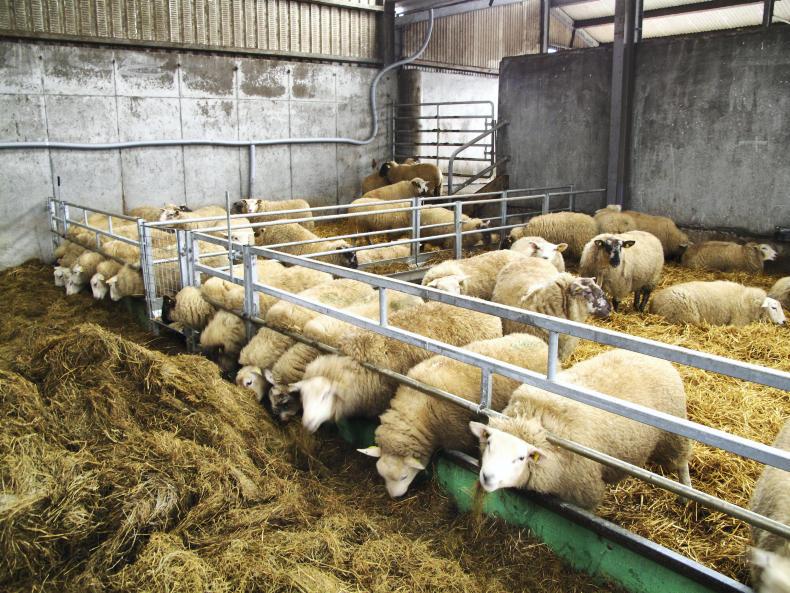
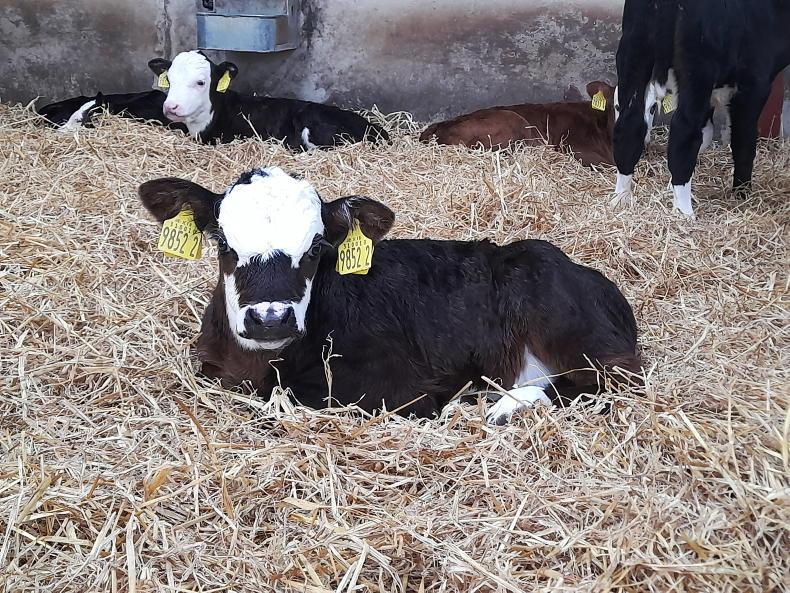

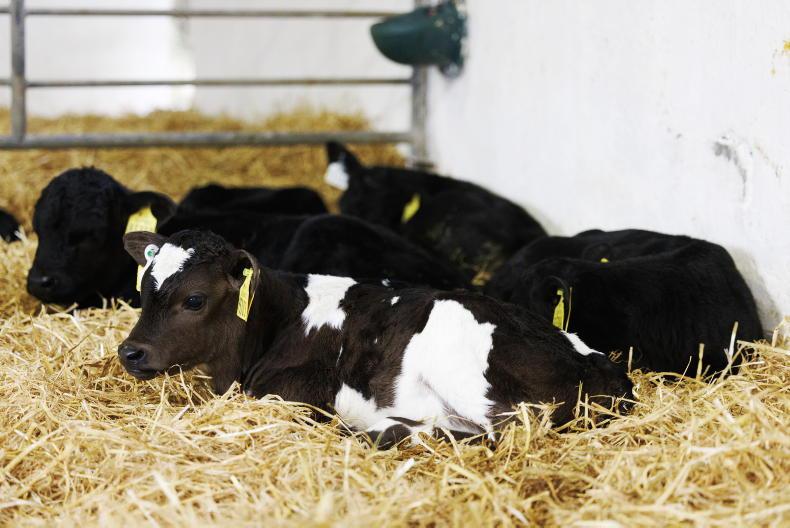
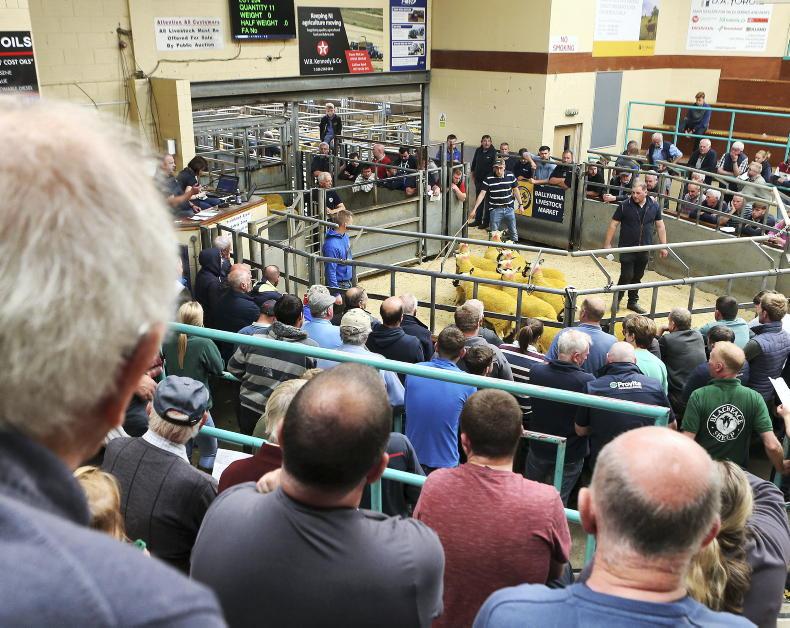
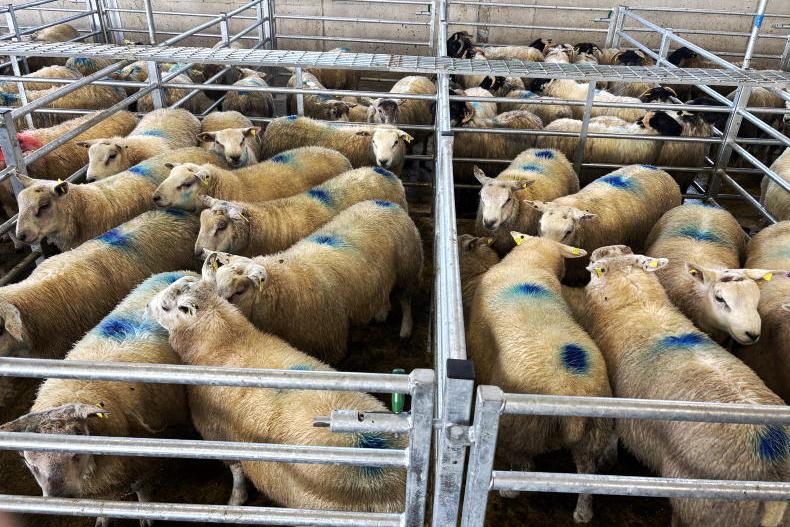
SHARING OPTIONS